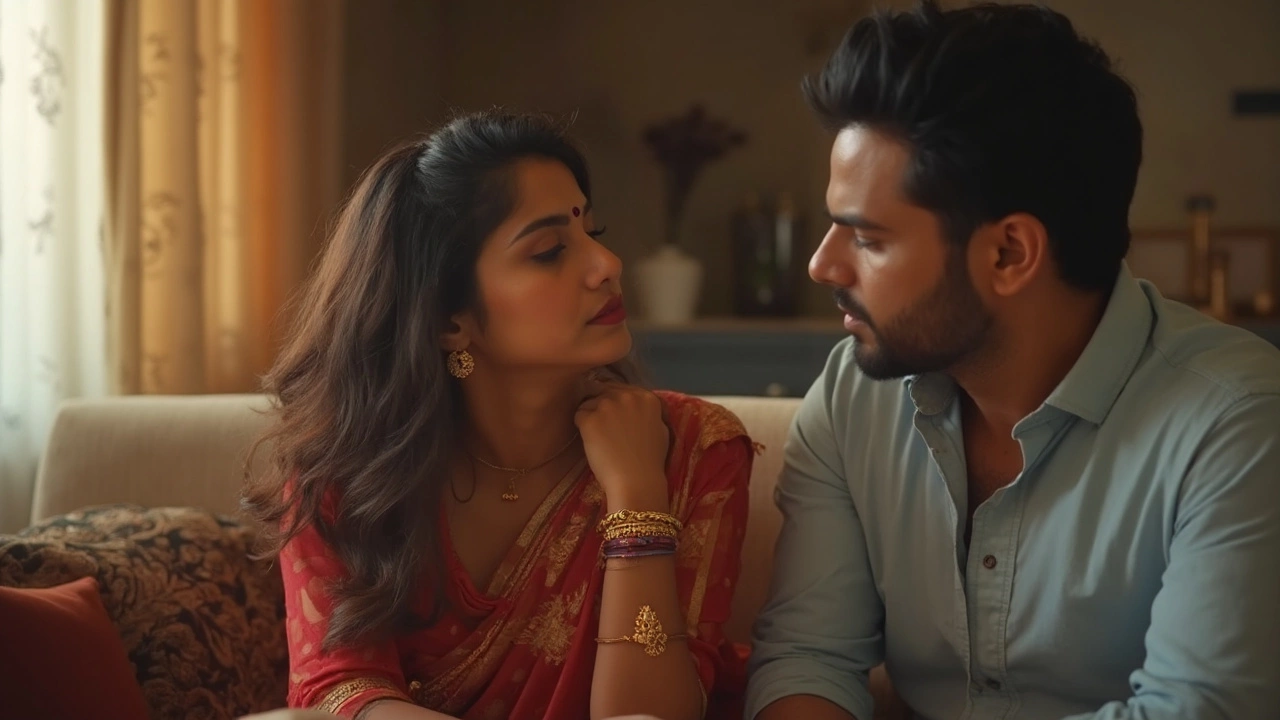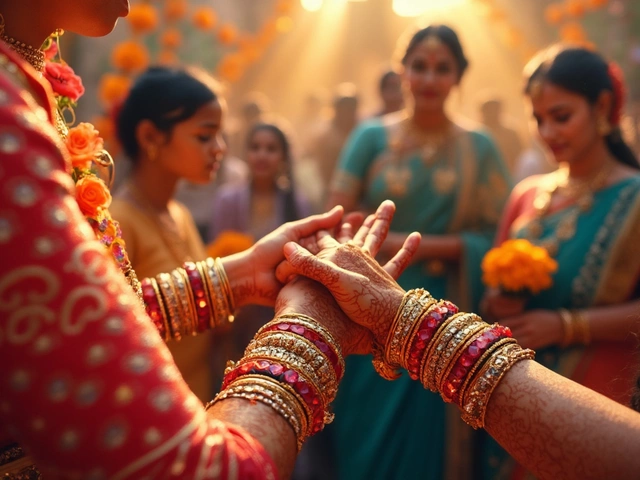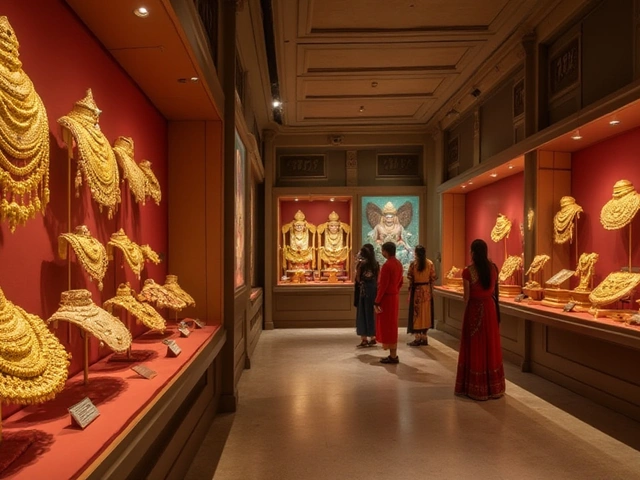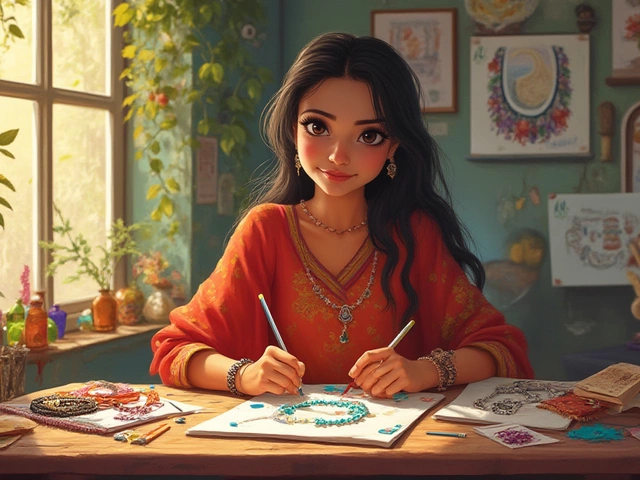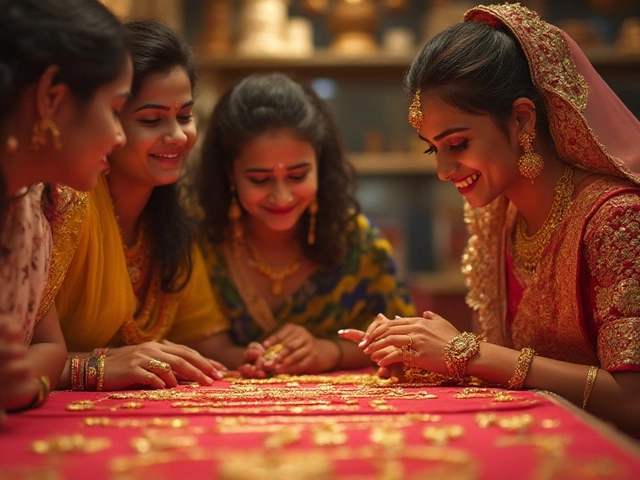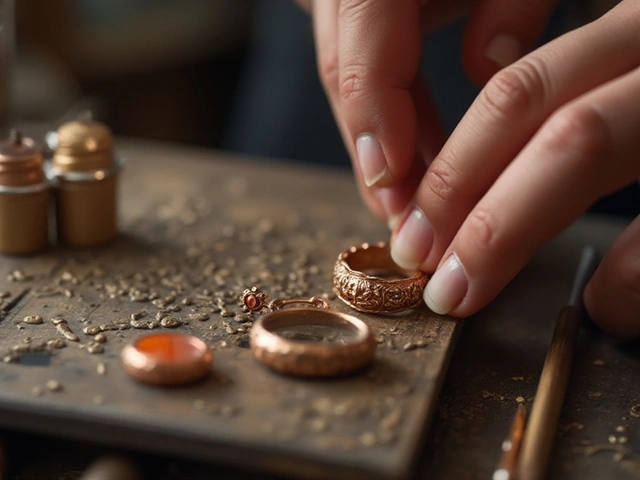Mangalsutra Myths: What’s Real and What’s Not?
If you’ve ever wondered why your friends keep talking about black beads, curses, or even the Bible, you’re not alone. Mangalsutra myths pop up everywhere – from wedding aisles to social media feeds. Let’s cut through the noise and give you the facts you need before you pick your next piece.
Myth #1: Black Beads Bring Bad Luck or Are Only for Superstition
The black bead is the most talked‑about part of a mangalsutra. Some say it protects the couple, others claim it wards off evil. Historically, the bead started as a simple black coal or onyx that was easy to find and added weight to the chain. Over time, families gave it a protective vibe because black absorbs negative energy in many Indian traditions.
In reality, there’s no scientific proof that a black bead changes your fate. What does matter is the meaning you assign to it. If you see it as a symbol of strength, you’ll feel more confident. If you think it’s a curse, you’ll probably feel uneasy. So the power of the bead is more about personal belief than ancient magic.
Myth #2: The Bible Mentions Mangalsutra
Occasionally you’ll stumble on articles that claim the Bible talks about mangalsutra. The short answer: it doesn’t. The Bible references rings and jewelry, but never a specific Indian wedding necklace. Those claims usually mix up cultural symbols or stretch a verse about “rings of covenant” to fit the narrative.
That doesn’t mean you can’t draw inspiration from your faith. Many Hindu couples incorporate a simple gold chain with a subtle cross charm, blending traditions in a way that feels right for them. The key is to respect both cultures without forcing a direct biblical citation.
Myth #3: You Must Wear a Mangalsutra All Your Life
Society often pressures newlyweds to keep the mangalsutra on forever. But modern couples are redefining the rule. Some choose to wear it only on special occasions, while others replace it with a more casual piece after a few years. Legally, there’s no requirement – it’s a personal or family tradition.
If you’re uncomfortable wearing it daily, talk to your partner. A supportive spouse will understand that tradition evolves with comfort and lifestyle.
Now that we’ve busted the big myths, here’s a quick checklist for picking a mangalsutra that feels right:
- Choose a bead material you like – onyx, black coral, or even a modern matte finish.
- Decide on the metal: gold, rose gold, or silver, based on your skin tone and budget.
- Think about length and weight. A heavy chain can be uncomfortable, especially if you work with your hands.
- Consider a personal charm or a subtle religious symbol if it adds meaning for you.
- Talk openly with your partner about how often you’ll wear it.
At the end of the day, a mangalsutra is just a piece of metal and stone that represents a promise. The myths around it are interesting, but they shouldn’t dictate how you feel about it. Pick what makes you happy, keep communication open, and enjoy the tradition on your own terms.
What Happens if Mangalsutra Is Lost? Meaning, Myths, and Practical Tips
Losing a mangalsutra can feel like a big deal, especially with the stories and beliefs attached to it. This article breaks down what really happens, why it matters emotionally and culturally, and what you can do if it ever goes missing. We'll clear up the confusion around myths, give relatable advice, and share some practical steps to handle the situation. Plus, you'll discover some modern trends people are following in such cases. By the end, you'll know how to approach this with a level head and focus on what truly matters.
